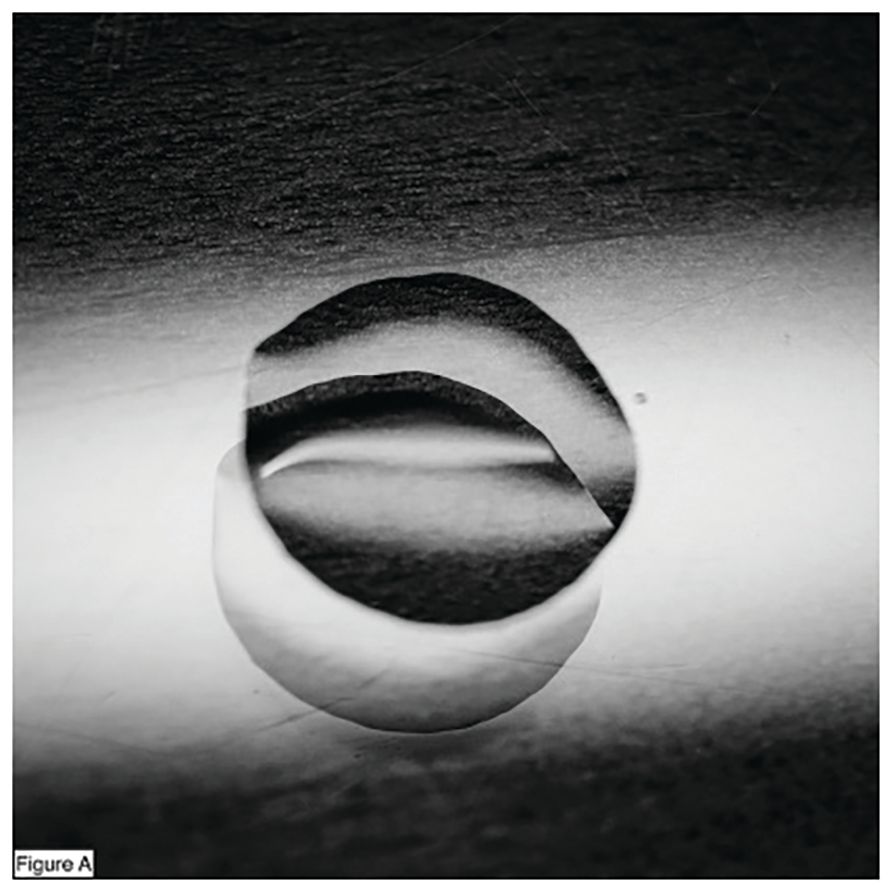Bacteria are known as the most abundant form of life, living everywhere from 126,000 feet up in the stratosphere to 26,000 feet beneath the earth’s surface. These unicellular organisms are all around us, all over us, even in us, from our skin, nose, mouth, and throughout our gut, establishing a symbiotic relationship frequently referred to as our microbiome. Dentistry’s greatest challenge is to control the bacteria and biofilm that cause gum disease and tooth decay without negatively impacting the overall oral microbiome, a key contributor to good oral and systemic health.
Theoretically, to balance the positive benefits of our microbiome and the adverse effects of undesirable local microbial contamination and biofilm formation often associated with dental disease processes, one should focus on targeting the diseased area on the tooth and its supporting structures. Ideally, any approach should address both the immediate decay process and associated infection, as well as potentially provide some extended antimicrobial benefits to inhibit local reinfection or secondary caries. FiteBac® Antimicrobial Cavity Cleanser with 2% K21, a proprietary antimicrobial, was developed with this concept in mind.
FiteBac® Antimicrobial Cavity Cleanser
- Created to provide antimicrobial properties at the site of a dental restoration, FiteBac Antimicrobial Cavity Cleanser is a 2% K21 QAS aqueous ethanolic solution for use on cavity prep sites
- The solution can remove debris in carious lesion preps and penetrate exposed dentin tubules, which is said to increase bond strengths to dentin while also helping to manage residual contamination of the restoration site
- The material can reportedly help eliminate and prevent recurrent decay beneath the restoration or at margins, extending the life of the prosthetic solution
Restorations, either direct with fillings or indirect with a crown and bridge, must begin with removal of existing decay to reduce or eliminate the channeling of bacterial infection to the pulp through the dentin tubules and create a surface we are capable of restoring. Class I restorations can be as easy and straightforward as presented here. Dentists also know the challenges of restoring teeth with extensive and deep decay and the associated invasion of oral bacteria into the tooth structure and the destruction of the underlying dentin and pulpal tissue.
Intended as part of the restoration/dentin interface, FiteBac® copolymerizes with the dental bonding agents. Research shows this cleanser not only helps remove debris in carious lesion preparations, but also helps reduce the presence of dentally relevant organisms within the prepared tooth structure while also penetrating exposed dentin tubules, allowing restorative bonding agents to tightly bind to the prepared dentin surfaces. Published research has shown FiteBac also inhibits endogenous dental protease, released during dentin etching, helping to stabilize the exposed collagen network via inhibition of matric metallopeptidase and cathepsin-K.1
Clinical Case
Here’s an ideal Class I cavity preparation and antimicrobial restoration using FiteBac Antimicrobial Cavity Cleanser and our recommended restoration method.
First, isolate the tooth with a rubber dam and clamp (Figure 1). Inspect all crevices and groove areas for accessing decay (Figure 2). Remove all visible decay, then apply caries indicator (Sable™ Seek™ by Ultradent Products®) for 10 seconds to the rinsed and dried dentin (Figure 3). Thoroughly rinse and dry the cavity preparation and remove any visible stain or carious areas (Figure 4). Next, rinse, dry, and inspect the cavity preparation once more prior to etchant (Figure 5). Etch the preparation using the total-etch technique, with 37% phosphoric acid on enamel margins and all dentin surfaces for 15 seconds (Figure 6). Fully rinse with air and water for 15 seconds (Figure 7) and then dry the cavity prep, leaving dentin surfaces slightly moist—dry but not desiccated (Figure 8).
Note that we apply FiteBac to the prepared dentin (Figure 9), which leads to the creation of an antimicrobial layer of K21 at the interface of the restoration and dentin, right where it’s needed. The cleanser penetrates the dentin tubules while also dissolving into the bonding agent (either total-etch, self-etch, or universal) and permanently becomes part of the interface once we cure the bonding agent (Figures 10-14). We recommend an air-only syringe for drying the restoration, bond, and cavity cleanser to prevent additional moisture from being introduced.
Finally, tease up the injectable composite (G-aenial Universal Injectable by GC America) which has highly thixotropic viscosity and stays where it’s placed to cover all exposed dentin to form a void-free seal (Figure 15) prior to composite restorative material placement. Sufficiently apply, contour, and cure the final layers of A1 or B1 composite (Figure 16). Polish with carbide burs, remove flash with a scaler prior to rubber dam removal and bite adjustment (Figure 17).
Figures A and B show, for demonstration purposes only, when FiteBac is placed on a glass surface and the solvent is left to evaporate. What is left behind, the K21 antimicrobial compound, becomes a permanent part of the restoration/dentin interface.
In summary, FiteBacAntimicrobial Cavity Cleanser helps approach several potential concerns you should be addressing during a composite restoration, including the destruction of residual bacteria on the prepared dentin, stabilization of the dentin against enzymatic degradation, and establishment of an antimicrobial layer at the dentin/restoration interface to help address future microbial issues.
Reference
1. Gou YP, Li JY, Meghil MM, et al. Quaternary ammonium silane-based antibacterial and anti-proteolytic cavity cleanser. Dent Mater. 2018;34(12):1814-1827. doi:10.1016/j.dental.2018.10.001



